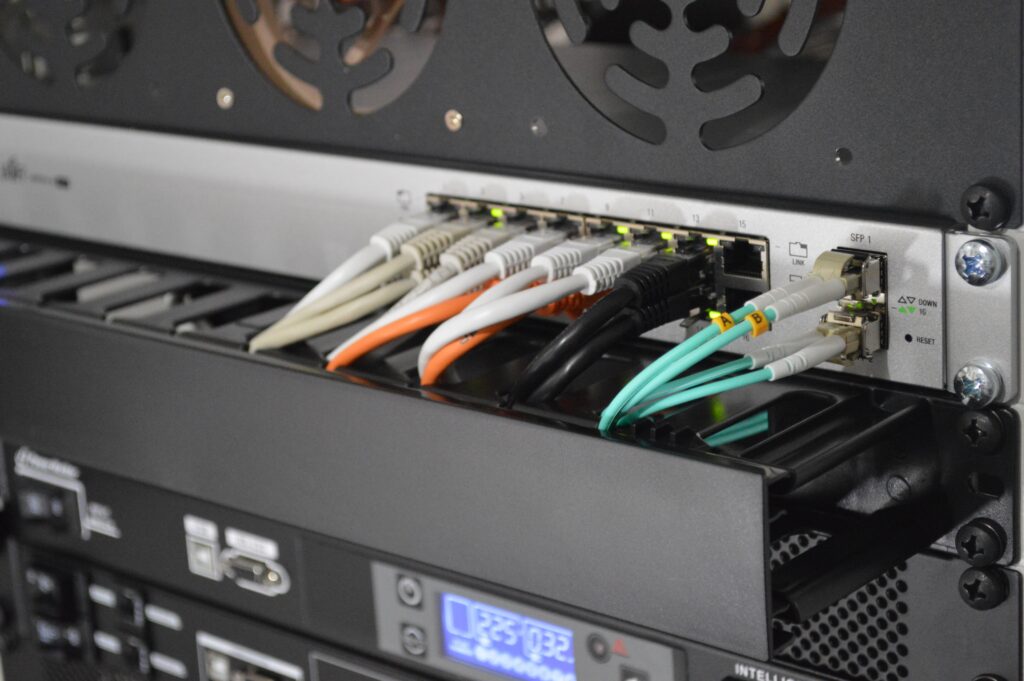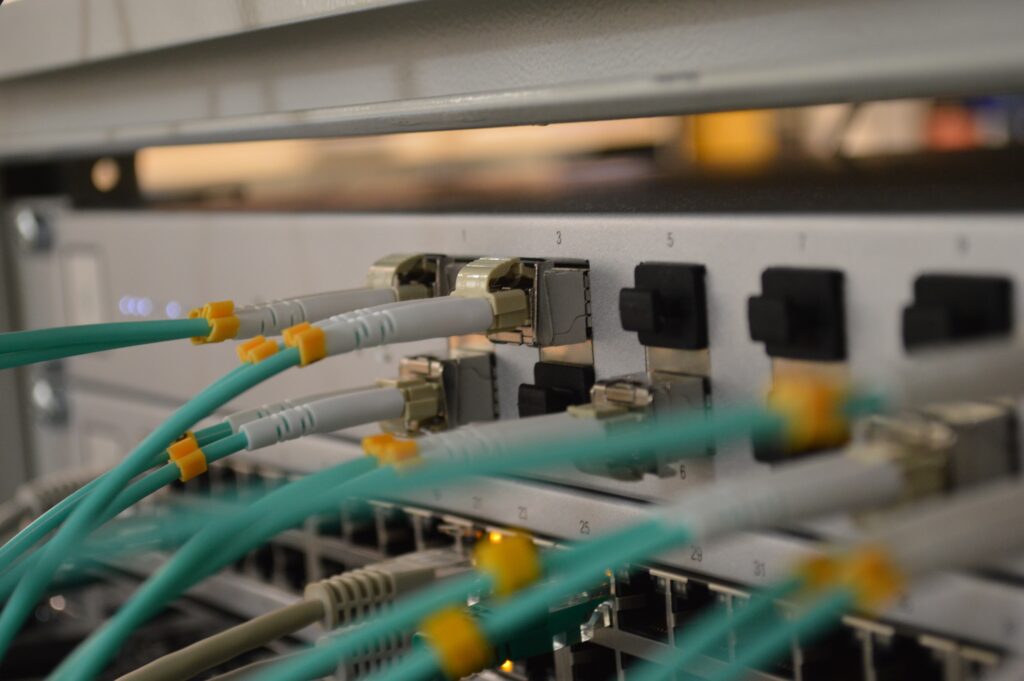Network Repairs & Infrastructure Upgrades
As our business world becomes more and more dependent upon technology, ignoring your organization’s business IT needs and assets can lead to data loss, cyberattacks, reduced productivity, gaps in service, and a host of other issues. Having a clear picture of when upgrades are needed can help your business properly plan and budget for information technology upgrades.
Holding on to an aging network can cause an actual slow down of productivity and can eventually lead to lost data. On the other hand, updating your network can seem like a costly and inconvenient endeavor that would interrupt business operations. Companies should do a risk/benefit analysis to determine if it is time to invest in the resources needed to overhaul your network.
Network Upgrade Considerations
If you are the typical small to mid-sized business owner, if you can’t remember the last time you updated your network, then chances are that you’ve outgrown your current setup. You may not even be aware of how an overhaul would boost your productivity. This is particularly true if the equipment purchased five years ago was consumer-grade versus enterprise equipment. Can you even think back 5 years?
Business mobility often meant laptops as opposed to desktops, whereas now, many mobile users function best on tablets or smart-phones. Not to mention increased reliance on widely available Wi-Fi. Up-to-date equipment is vital to keeping your business’ competitive edge. Other signs that your computer system is struggling are lagging uploading of web pages, crashing applications, and seizing documents. Failing systems have a direct effect on not only business continuity, but employee efficiency and customer service.


IT network assets average shelf lives:
Software: Approximately 1 year. Every 12 months or so, software licenses tend to expire, with newer versions typically available. Working with the latest security software can keep you proactive against ever evolving cyber threats.
WiFi Network: 2 to 3 years. Wireless connections are getting faster than ever, and older WiFi networks can seem archaic, especially as networks expand. Furthermore, as you update software, you will want your WiFi network to be able to keep pace.
Routers and Switches: 5 years. This equipment will begin to show signs of wear and tear after about three to five years with reduced speeds, shorter range, and perhaps even signs of heat damage.
Wiring: 10 years. While wiring typically has a long shelf life, it is wise to upgrade your fiber optic connections when you are already planning for other network upgrades when you update your new routers and switches.
Bitcoin Services
Managed Custody Solutions
Bitcoin & Crypto Mining
Balance Sheet & Treasury Conversion
Point of Sale Integration
Staff Training & Consulting


